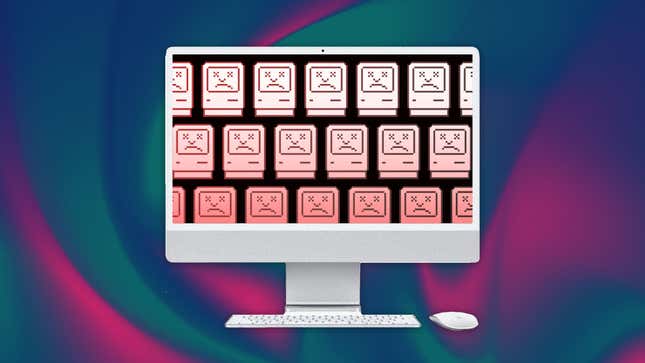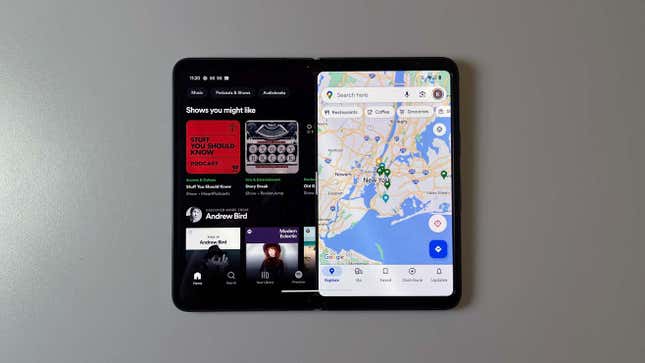
While 2023 was a big year in consumer tech and had some clever innovations to show off, not everything was a smash hit, to say the least. Whether it was subpar performance, a troubled launch, or a glaring design flaw, these products disappointed us the most.
This year’s picks, like the Apple iMac or the GoPro Hero 12, aren’t categorically terrible products, but they left us completely underwhelmed and wanting more. As you’ll see, failing to live up to the hype could be just as much a letdown as poor performance.








